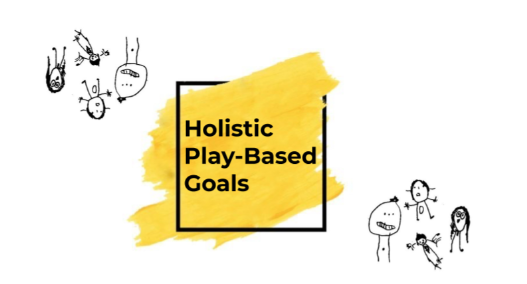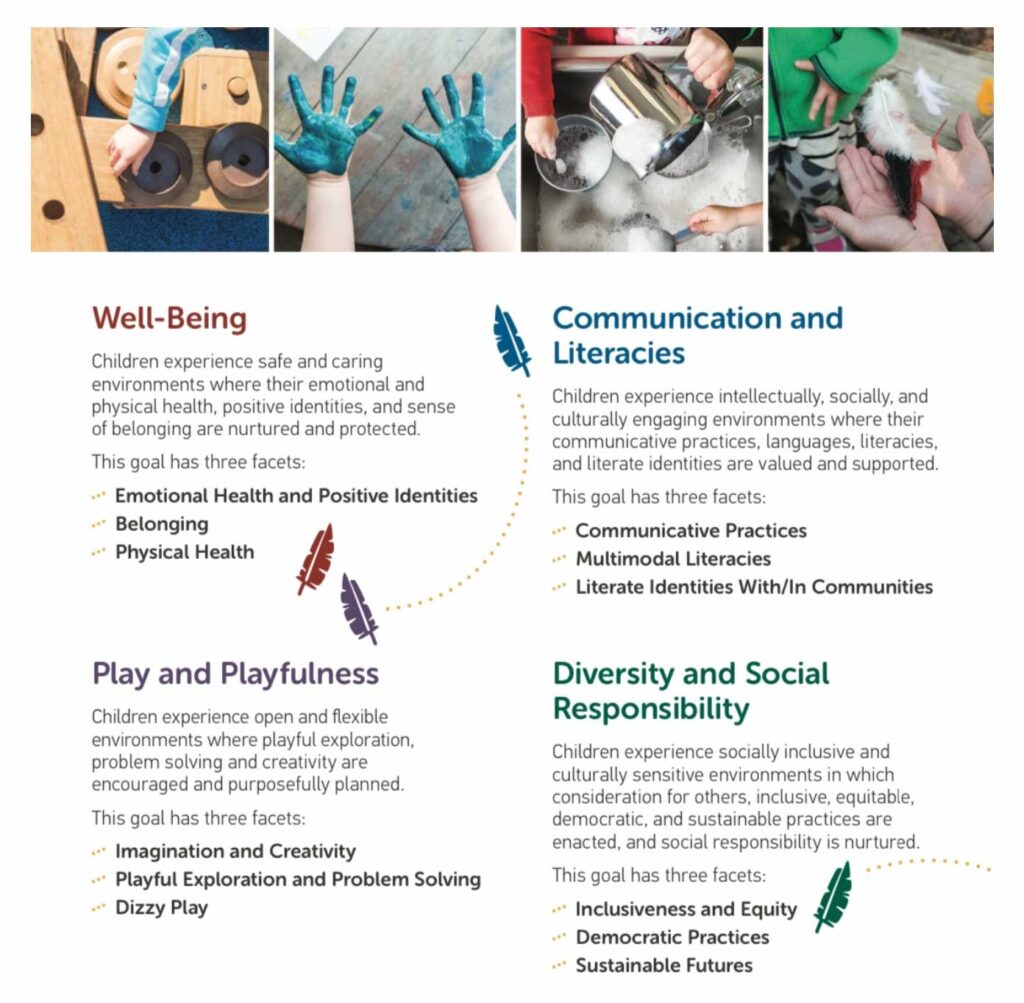Discovery is one of the key elements in learning. When a child makes a new discovery and the process gets documented, it makes learning visible and gives feeling of success for the child. Educators can follow the learning moments in real time, feel joy and pride about the child’s discovery, and continue to support the learning.
Children are naturally curious and eager to learn anywhere, anytime. Learning happens when children imitate, observe, examine, think, explore, play, move, express themselves and work on assignments.
Children learn best when they feel well and secure, get positive emotional experiences, participate in interactive relationships, feel belonging in the group, and get support for learning. Interesting, goal-oriented, suitably challenging activities and the experience of success inspire children and promote their learning.
Considering the way young children learn, it is clear that the value of learning is in the learning process and context. In early childhood education and care, children’s strengths and interests are the starting point for learning. Therefore, it is important that children’s new skills and knowledge are connected to their developing competences. In order to plan accurate pedagogical activities and assess children’s learning, observations on their discovers and conversations are vital.
Observing the children’s own discoveries and learning process is the only way to find evidence about children’s learning. Pedagogical documentation is an important method in supporting and assessing children’s learning. Through documentation, the personnel get to know the individual children and how the children act in the group. The skills, knowledge, interests and needs of the children become visible via pedagogical documentation.
Pedagogical documentation is a continuous process that starts from the children’s individual early childhood education and care plan including the children’s interests, strengths and needs.
The educators observe the children during the free play, learning activities or transition times, and collect observations in a form of photos, videos, and notes. The documents are stored in the children’s portfolios and shared with families. The ongoing collaboration with families is also vital to enhance the child’s learning. Families can follow the observations and contribute to the child’s learning process. Documents also enable the process of examining the children’s development and learning together with the children. It is important for children themselves to be able to follow and reflect on their own learning; it gives them a feeling of success and reveals meaningful insights of the learning moments. Therefore, the participation of not only personnel, but also children is encouraged.
Pedagogical documentation can be viewed as a “process to explore all of our questions about children”. Documentation becomes pedagogical when it is interpreted and analyzed by the educators and children who create the content and those that view it.
Making the documentation accessible to others (children, families, other educators, community members) and inviting interpretations of what is seen provides multiple perspectives that forms foundational information that contributes to the creation of a curriculum path that is authentic to those involved. In the meantime, the documentation will support professional learning and reflection and will be an effective what to learn about learning.
Loris Malaguzzi

Our curriculum is based on Reggio Emilia and Alberta’s Early Learning and Care Framework (FLIGHT) inspired approach to learning.
